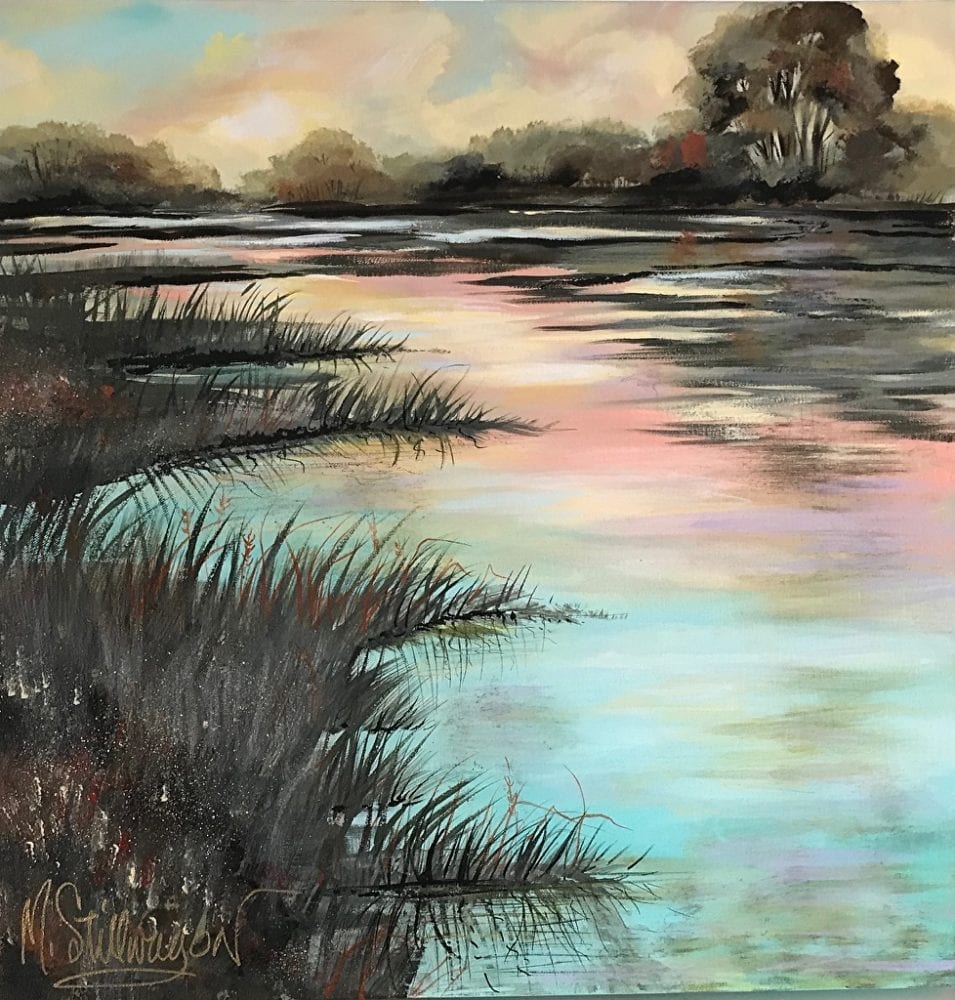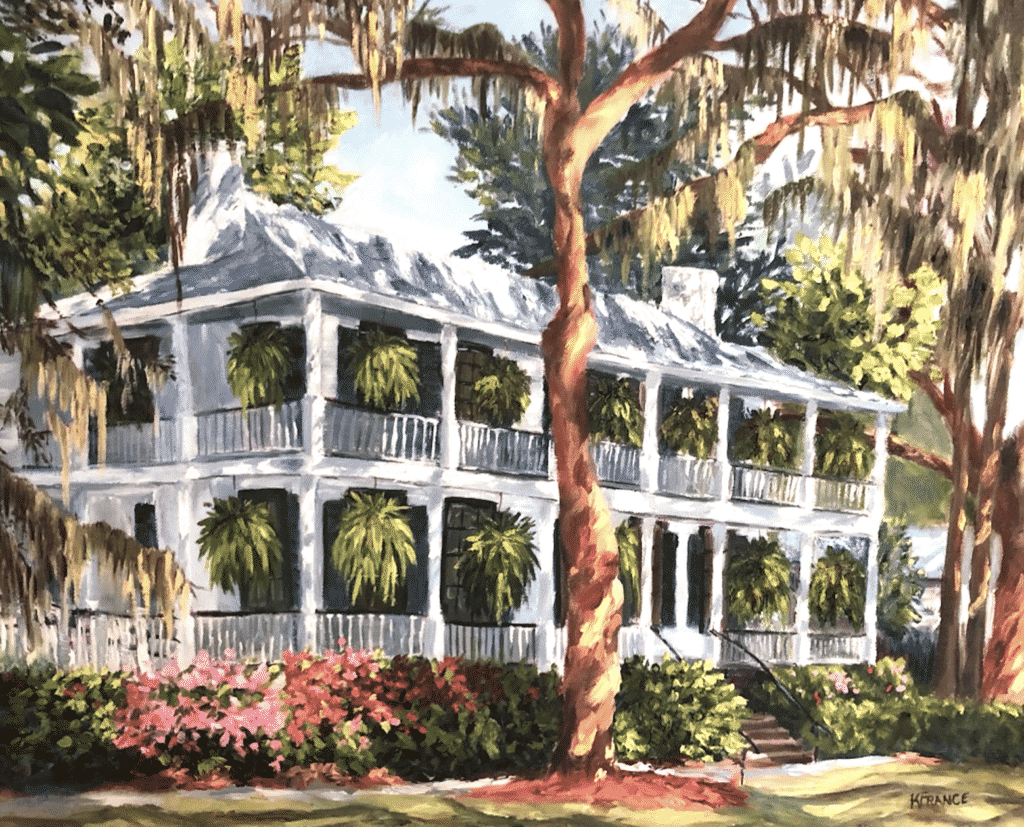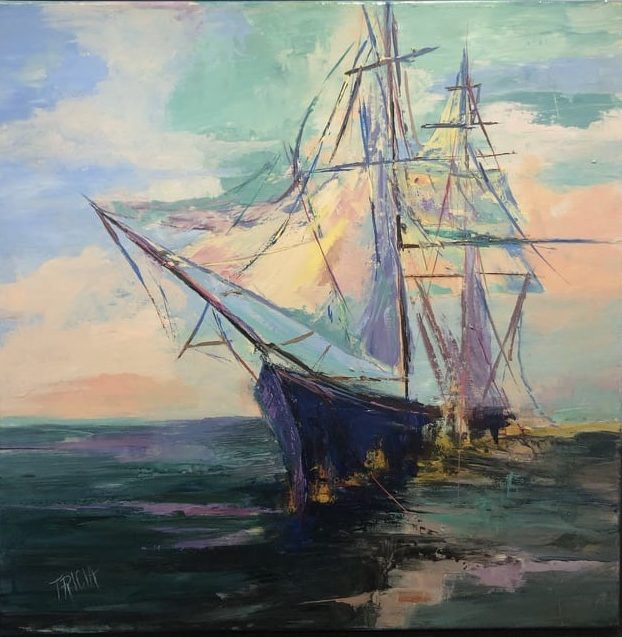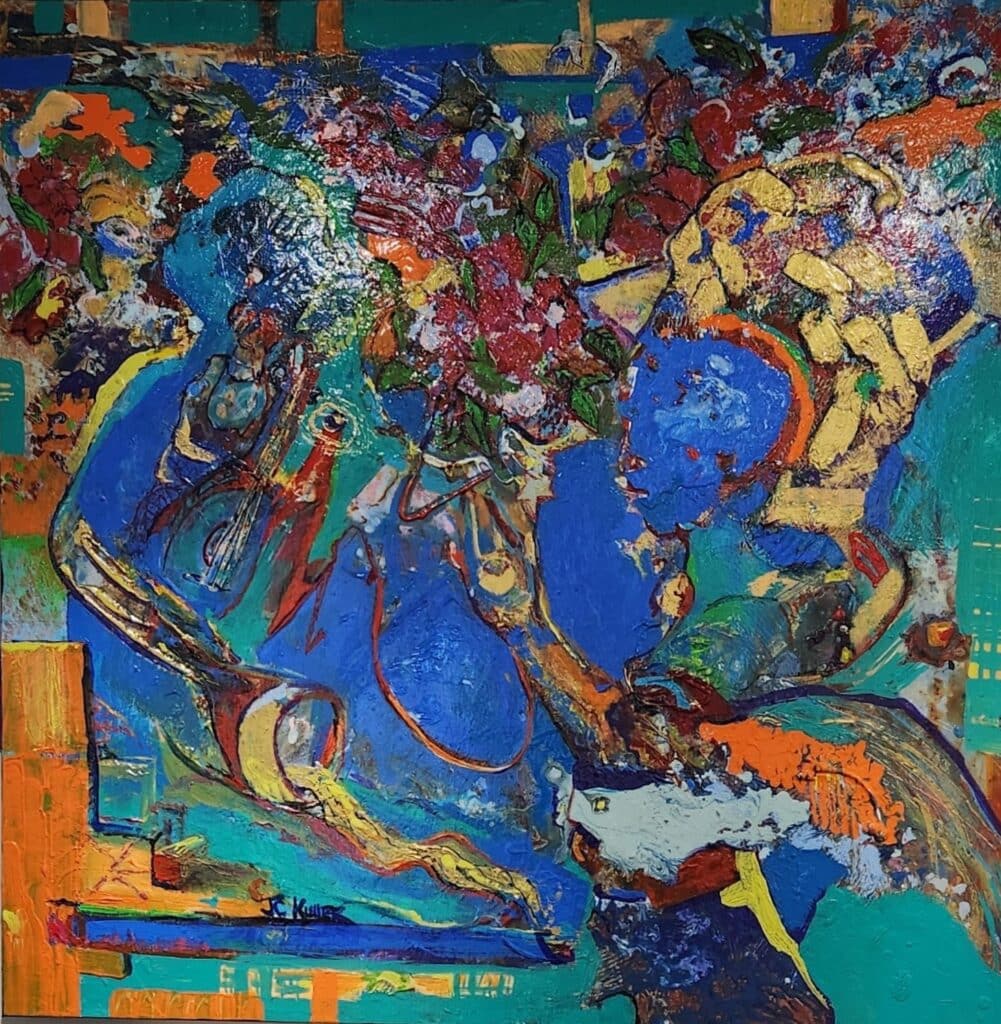Rick Locke, Photographer Society of Bluffton Artists Exhibiting SOBA Gallery member since December 2016
This post is about abstract photographic art. This is a photographic style I really enjoy making.
I’ll share some of my experiences with:
- Identifying and creating interesting photos
- Colorful and thought-provoking abstract art
- Where to find abstract photo opportunities
- Techniques and other important factors involved
By “abstract art” I mean art that does not attempt to represent external reality, but seeks to achieve its effect using shapes, forms, colors, and textures. From a photography perspective, the digital sensor (or film) in the camera is always going to capture what it “sees” through the lens, i.e., the “external reality”. Making an abstract photographic image therefore requires either finding that portion of the external reality that contains an abstract element or fooling the sensor by creating an abstract design for it to capture. In short, one needs to look closely or think creatively (or both) to make abstract photographic images.
Other important factors to keep in mind:
- Like any visual art endeavor, composition is important. Where you place key elements within the image will affect the aesthetic impact and overall appeal of the result.
- You may need to look at potential subjects from different perspectives such as up close or farther away, from down low or high above, or from different angles, in order to identify an abstract element within what you see.
- Be prepared to do some experimentation to master techniques that are involved.
- Be willing to break some rules of photography that may seem hard and fast.
Where and how do we identify an opportunity to make an abstract photographic image? Here are five examples I have found worthwhile and some sample images of each.
Move in Close
Ordinary objects can be the starting point for making a surprising abstract image. Items around the house, or in the yard or as you walk down the street often contain an element or a design that you can zero in on to capture. It takes a bit of looking, considering different angles of view or moving in closer, to find what you are looking for. One of my favorite starting points is in a retail store or marketplace where items for sale are artistically displayed, providing colors, patterns and textures for your image.
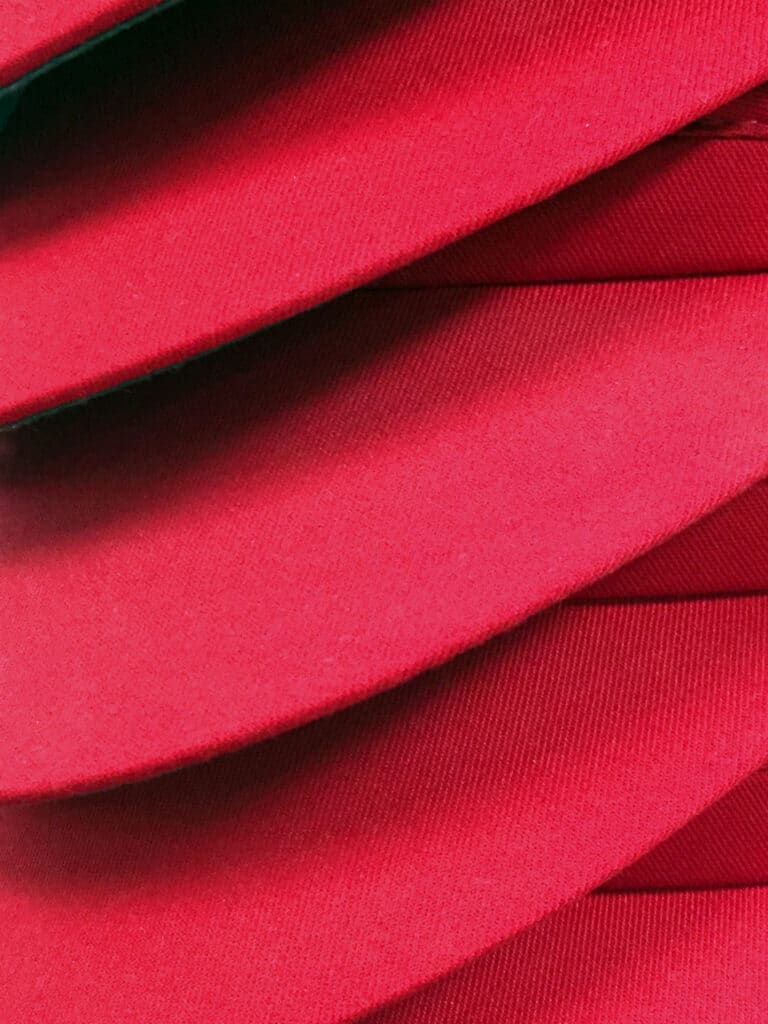
“Swooshes and Shadows”
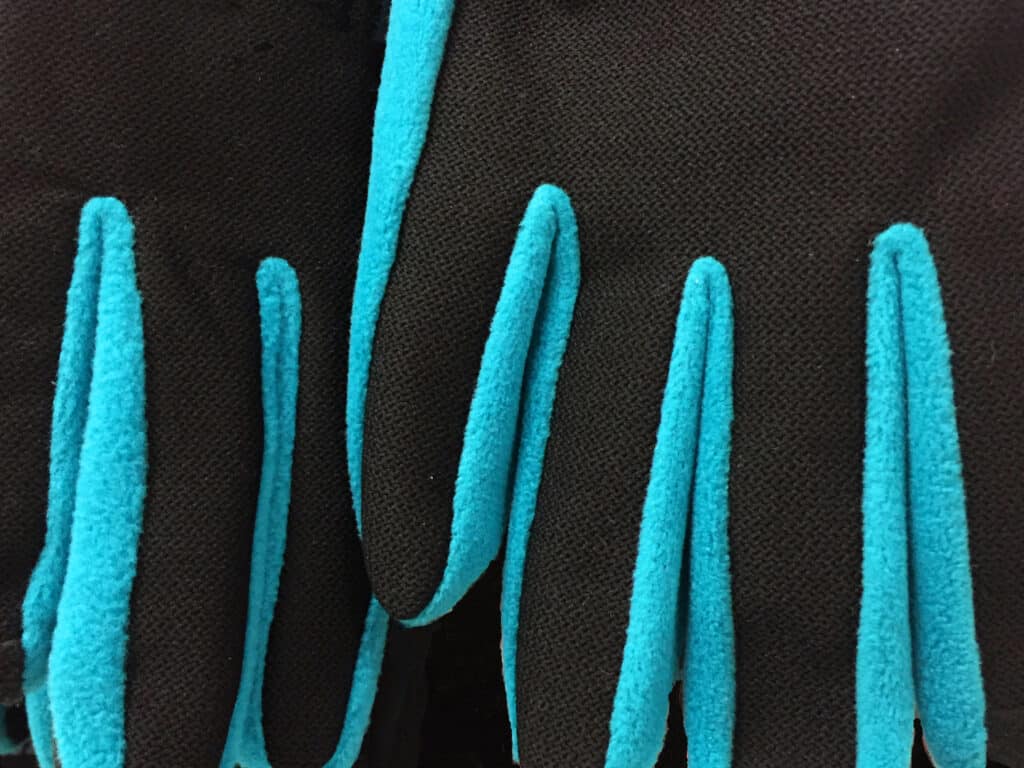
“Scribble”
The images “Swooshes and Shadows” and “Scribble” are two examples of common objects for sale in a retail store that I used to make into abstract images by zooming in tight to make the exposure. Can you guess what these common objects are? The answer is below.
Use Camera Movement to Your Advantage
Yes, it’s a thing. It is called “intentional camera movement” (ICM) or “painting with light”. ICM entails intentionally moving the camera during the exposure to create abstract photographic art. I experimented with camera motion for the first time around Christmas of 2002. Playing with my new digital camera, I wondered what results I might get if I set the shutter speed for 1 or 2 seconds, zoomed in on a section of the lights on my Christmas tree and shook the camera during the exposure. Besides having a lot of fun, I took dozens of photos that evening.
“A Rainbow Melting” is one of those images. Over the years, I have continued to experiment with the ICM concept, particularly on Christmas tree lights in an otherwise darkened room. I have tried shaking, swiveling, rotating, twisting and other motions with a variety of interesting results.
“Tangled Up in Black” is a later example in which I twisted the camera during a 1-second exposure. Of course, anything can be your subject. The fun is in the trial and error it takes to find what works for you.
Look for Distorted Reflections
Reflections off surfaces that distort the light waves striking them are very reliable sources for capturing abstract images. Such surfaces include bodies of slowly moving water, buildings with reflective facades and any surface that is not perfectly polished. The degree of distortion introduced by the reflective surface determines how recognizable the reflected object will be.
“Santiago Reflections” is the reflection of a high-rise hotel on the glass façade of an office building directly across the street from it. There is obviously a lot of distortion in this image. On the other hand, “Infinity Trail” is an example of how reflections can introduce symmetry and an apparently infinite number of the reflected objects. These glass bottles were on display inside a box with mirrored sides. The effect is what appears to be an endless trail of the bottles. This shows that distortion is not always a necessity to make the image abstract.
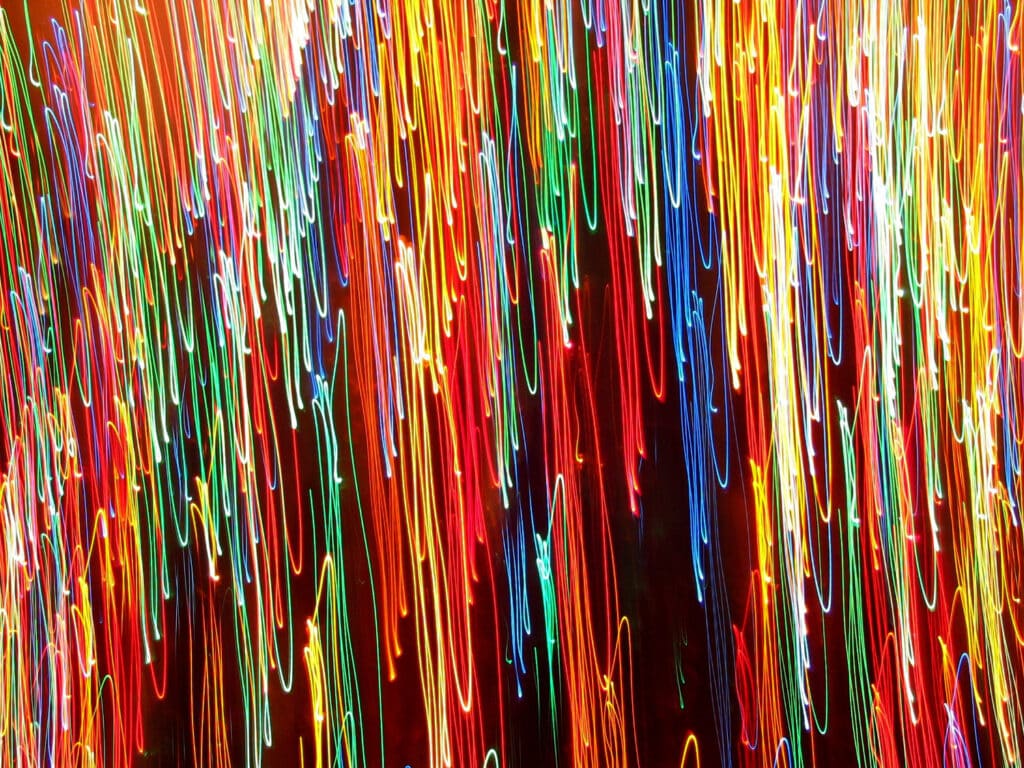
“A Rainbow Melting”
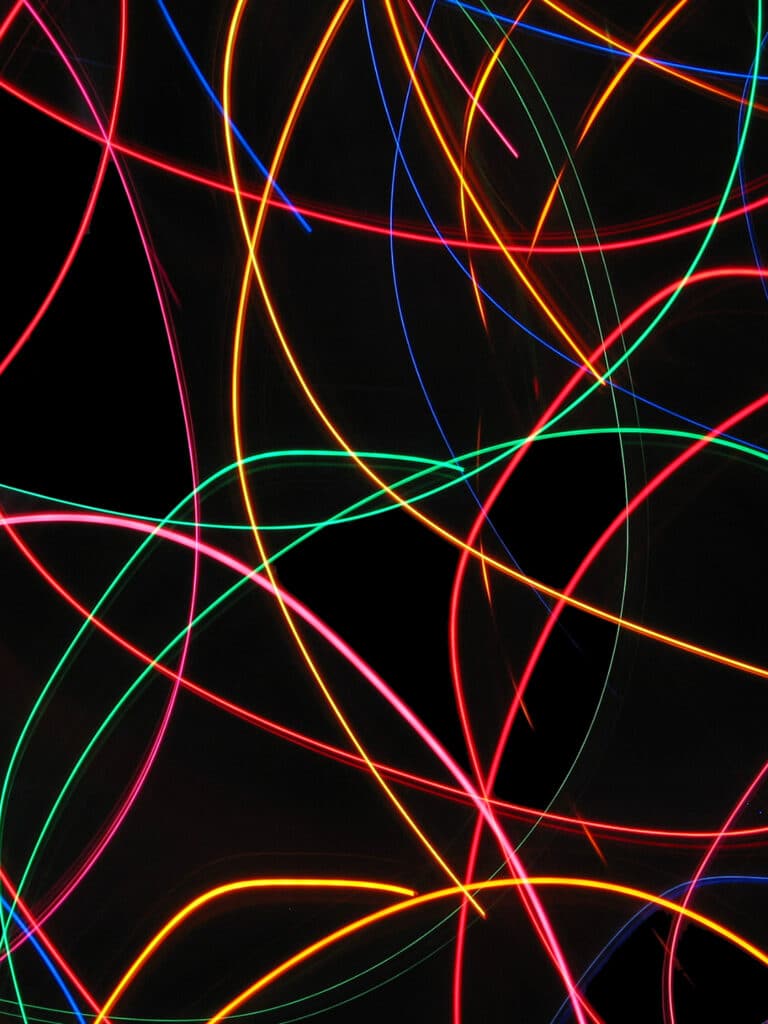
“Tangled Up in Black”
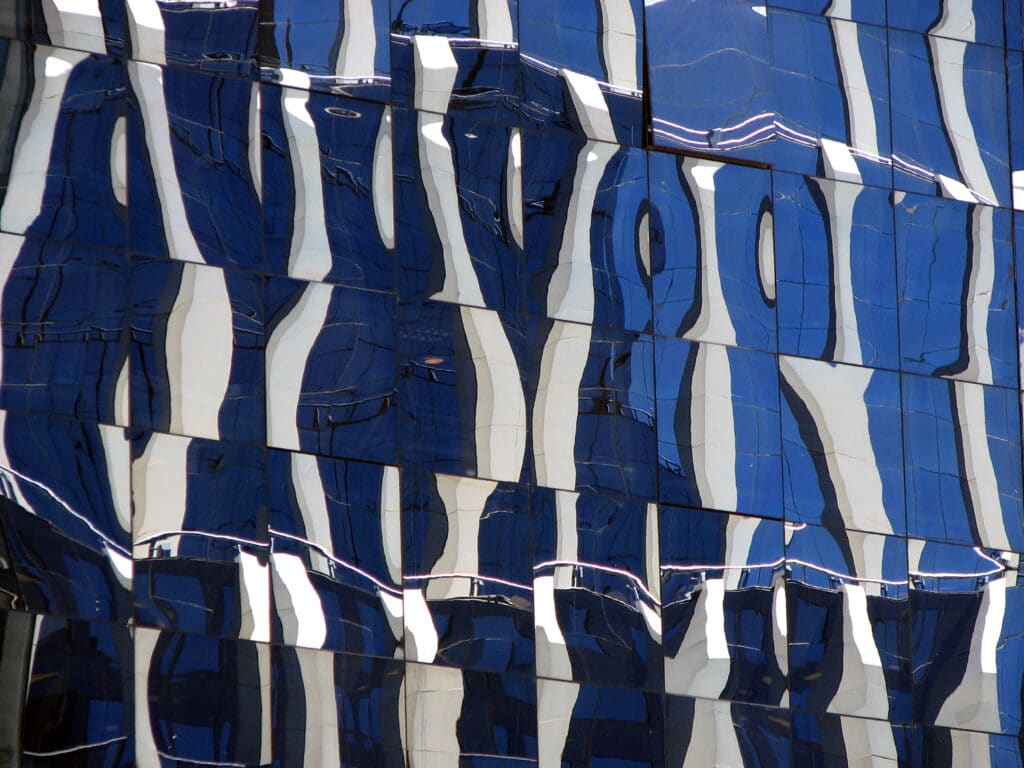
“Santiago Reflections”
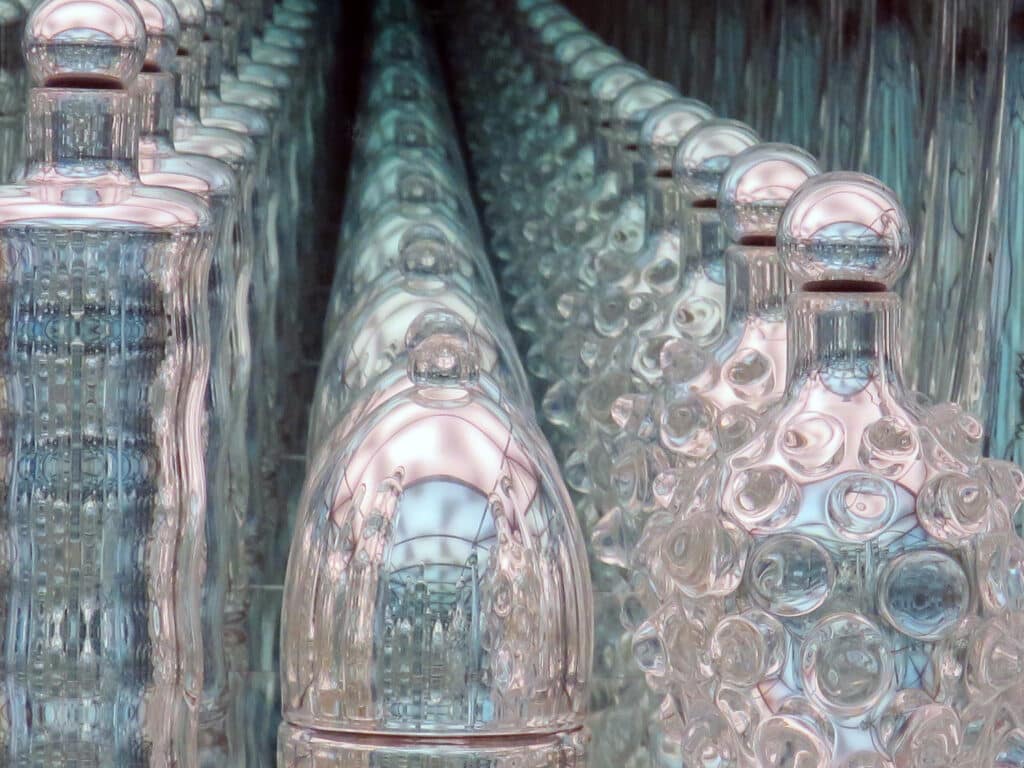
“Infinity Trail”
Glance Overhead
One of my mantras for finding interesting photographic subjects is “always look up”. Designs on ceilings or ceiling lighting fixtures (and the light that they cast) make for prime abstract photographic image subjects. Here are two examples of images I found just by looking up.
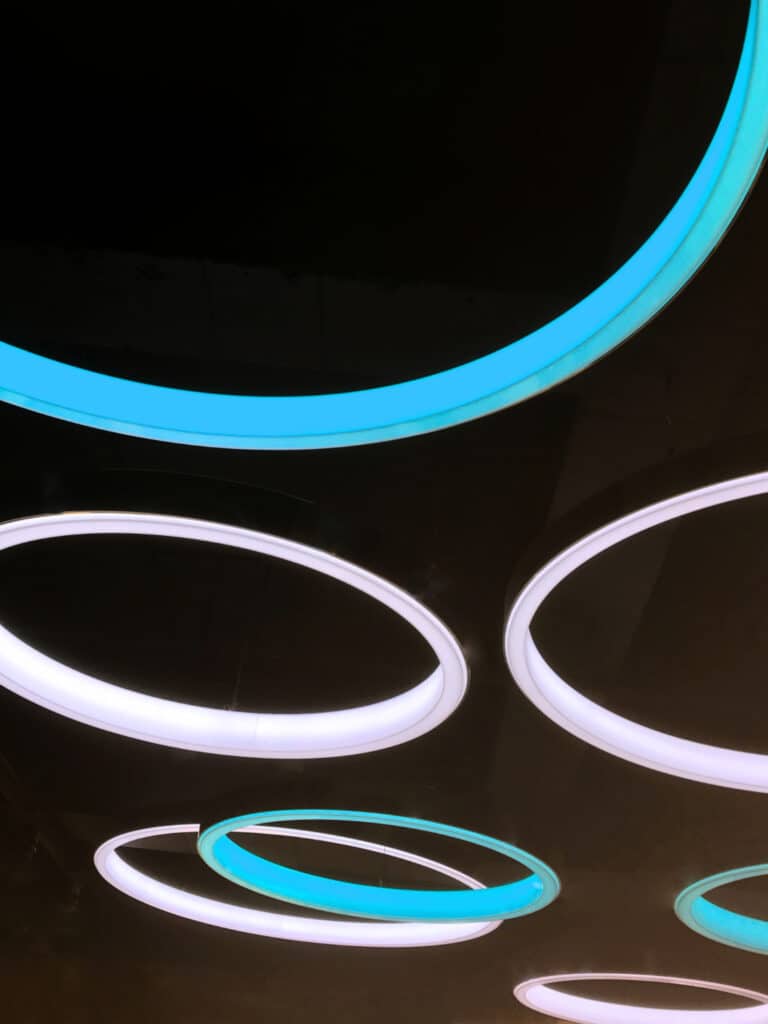
“Haloes”
I found “Haloes” while riding the escalator in a Dublin, Ireland department store. I noticed the neon lights on the ceiling above the moving stairway and upon reaching the top, I had the perfect angle to capture it.
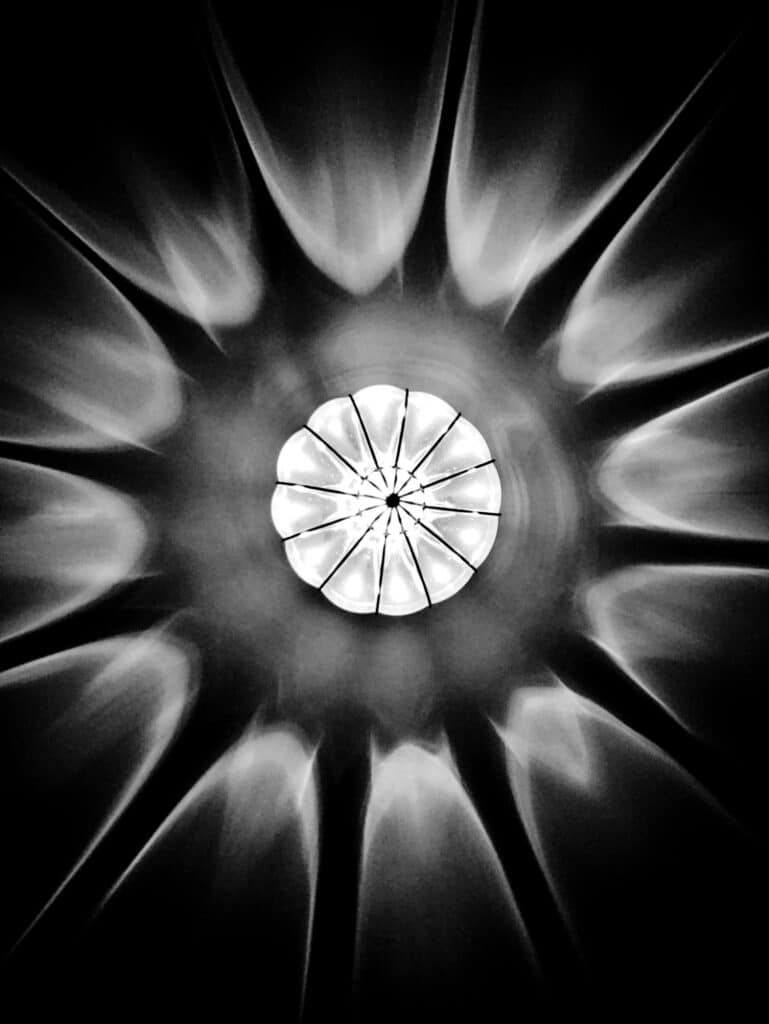
“Aurora”
“Aurora” was captured in a rental house dining room where I noticed the abstract patterns of light and shadows being cast on the ceiling by the lamp above the dining table.
Pay Attention to Architecture
Exterior and interior architectural features can frequently provide abstract elements for an interesting abstract image. In some cases, it could be the entire structure and in others, it is only a portion of the architecture such as an ornate ceiling design. As in finding abstract art in ordinary objects, you may need to zoom in or crop down to achieve your objective of creating an abstract photographic image. Here are two examples where the buildings provide the abstract elements. “MoPop Reflections” shows a section of the roof over the main entrance of the Museum of Pop Culture in Seattle. The shapes, colors and reflective surfaces in the image provide the viewer with a “what is that?” experience. In “Doing the Wave”, a large section of the DC Tower 1 building near Vienna, Austria conveys feelings of height and waves.
Of course, these are just a few ways I have found good opportunities to create abstract photographic images. But the opportunities out there are abundant. Consider Mother Nature who gives us the abstract designs in ripples on a pond or waves on the ocean, cloud patterns in the sky and the colors added to them by sunrises and sunsets, and extreme close-up (“macro”) shots of flowers and plant life.
Finally, break the rule about tack-sharp focus in photography. Extreme out of focus images can result in very interesting abstract images.
Thanks for reading – I hope this has inspired you to go out and have fun with your camera! By the way, the common objects in the first two images are: 1) a stack of golf visors and 2) a pair of winter gloves.
You can find all of my work online at www.RickLocke.com
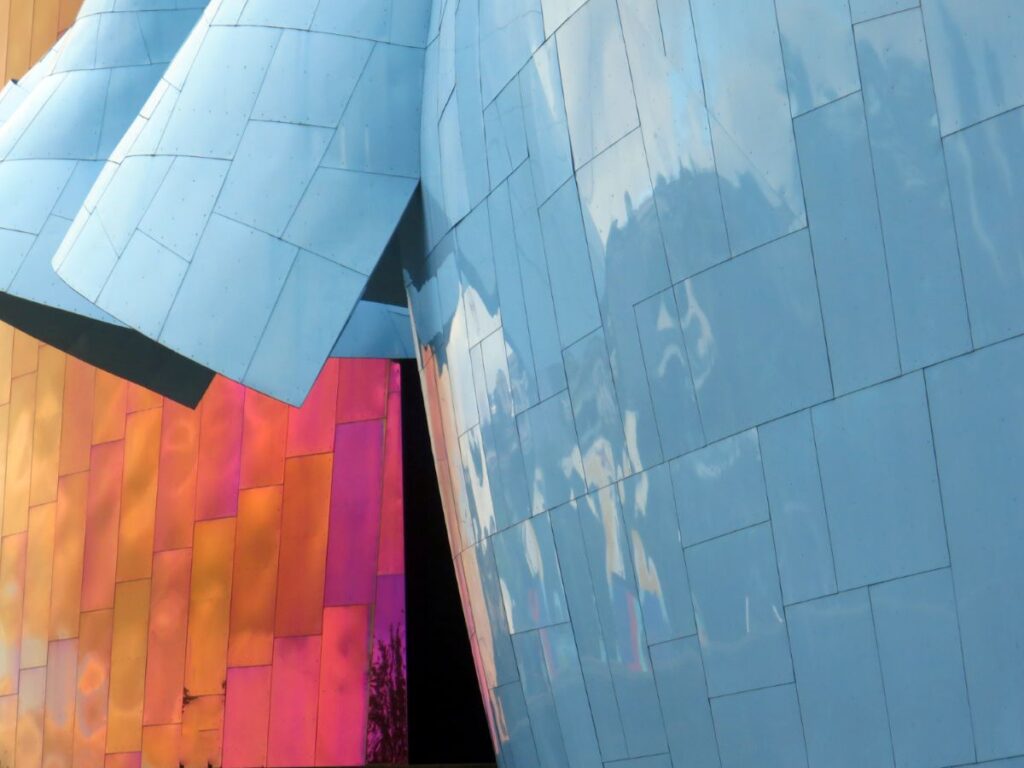
MoPop Reflections
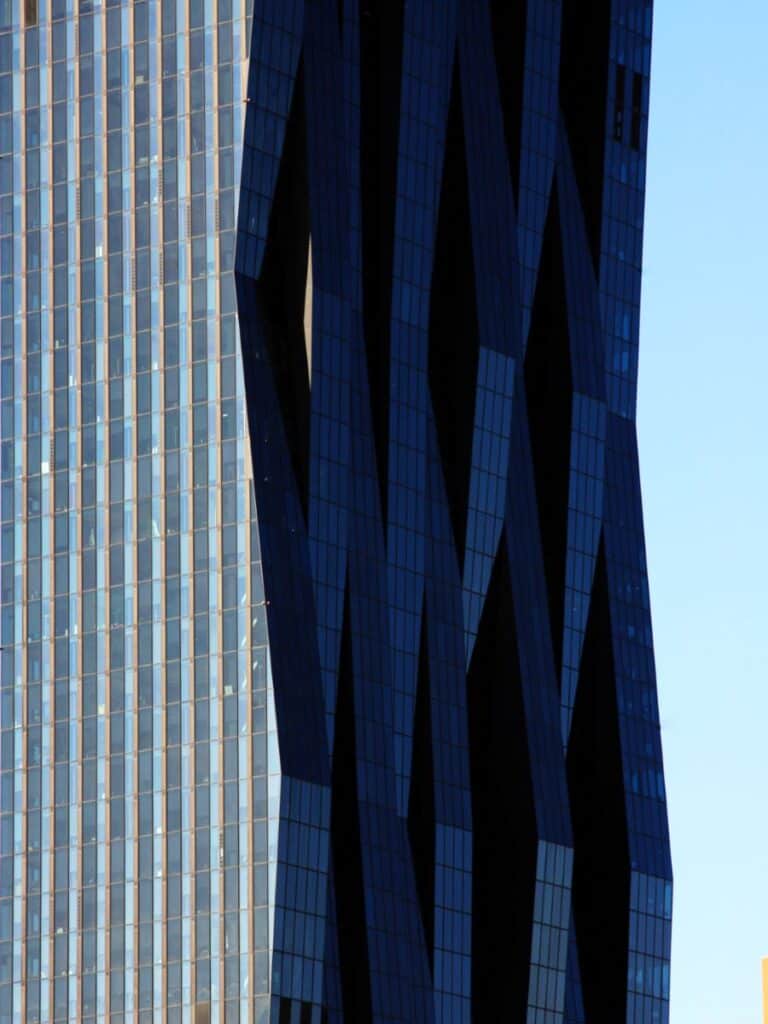
Doing the Wave
Note: Equipment used in capturing the images in this post include Canon cameras (single-lens-reflex digital cameras with Canon interchangeable zoom lenses, full featured digital point-and-shoot cameras) and Apple iPhones.

